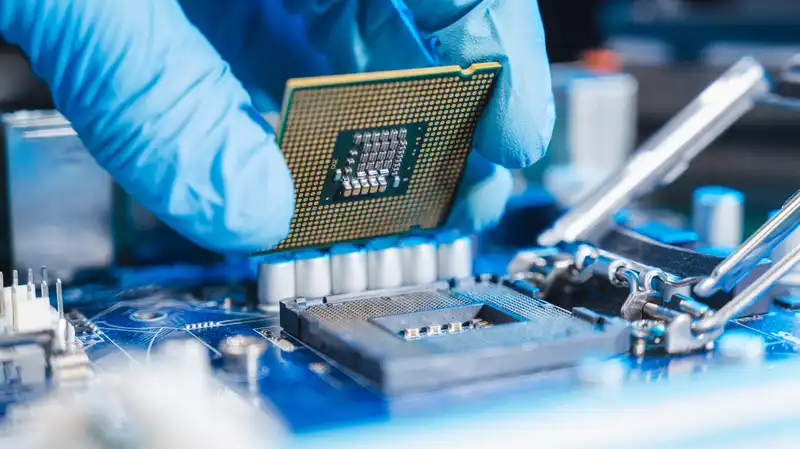With NPUs in the mix and radical configuration and chip structure techniques to optimize them, CPU design has been something of a shakeup lately. But Flow Computing has an even more radical proposal. It touts a coprocessor architecture that offers a saving grace to regular old CPUs, claiming that with a few software tricks, performance gains of up to 100x can be achieved
.
Flow is a startup backed by Finland's state-run research institute VTT (via Techcrunch), and its proposal is to integrate a parallel processing unit (PPU) into a coprocessor, which would run in parallel with a conventional CPU to help organize input task traffic.
Modern multicore CPUs can process dozens of threads at once, but keeping them all synchronized and processing the necessary data consumes a lot of valuable clock cycles Flow's PPU design essentially handles this for the CPU, especially for massively parallel workloads and reduces latency, especially for massively parallel workloads.
Timo Waltonen, co-founder and CEO of Flow, states: "The CPU is the weakest link in computing.
This is not the first time such an idea has been proposed. Traditionally, however, to achieve this type of solution would require a complete rewrite of all code to facilitate the process; according to Flow, their architecture can be enhanced without changing legacy code, particularly in applications that display parallelism but are hampered by traditional thread-based Flow says that its architecture can be enhanced without changing legacy code, and in particular, can significantly improve the performance of applications that display parallelism but are hampered by traditional thread-based processing.
Not only that, Flow says that recompiling the software can improve performance by up to 100x with modified code built to take advantage of the PPU, and envisions the release of custom tools to help developers adapt.
Mass-market PPUs are proposed to be manufactured in multiple configurations with different numbers of PPU cores for different use cases: a 4-core version is said to be suitable for things like smartwatches, while the company is proposing a 64-core version for PCs and an enterprise 256 core models are proposed.
However, the 100x performance improvement claim is only valid if the original workload can be parallelized to that extent, even with the help of custom tools. For example, something like a game will not see its full benefit unless it is completely re-coded to take advantage of it.
Other Drawbacks" Now, given that the PPU and its co-processor integration have not yet been implemented in current silicon beyond FPGA boards, these performance gains are currently theoretical. Basically, Flow is selling co-processor architecture IP, not a finished product. [In particular, companies like AMD, Intel, and Nvidia have already invested billions of dollars in massively parallel processors: the GPGPU. [Flow is, after all, still a startup with big ideas, and even though it has already secured €4 million in pre-seed funding, it still seems early days for the company, which would mean a massive gear shift for major chipmakers considering manufacturing its designs
The company's new design is also expected to be the first of its kind.
Still, a claim as bold as this is likely to generate a great deal of interest. But whether this will lead to a future where co-processors harmonize in desktop and mobile PCs in a few years remains a question mark for now.


Comments